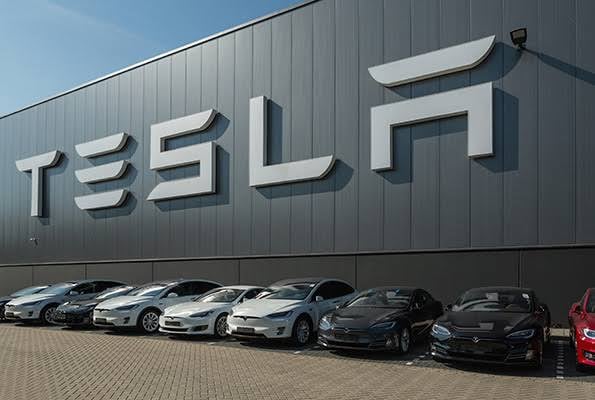Tesla's Bad Quarter Reveals Its Dominance is Waning

In a turbulent period for Tesla, the electric vehicle giant saw a 29% drop in its stock value during the first quarter. It was the worst quarter since 2022 and the third worst quarter since the company went public in 2010. This performance made it the biggest loser on the S&P500.
This downturn reflects growing concerns over Tesla's future performance, with expectations of modest growth in vehicle deliveries despite aggressive price reductions and incentives. The quarter's struggles can be attributed to several key factors, including fierce competition in China, where Tesla is grappling with the growth of BYD as the global EV leader.
BYD's introduction of budget-friendly models like the Qin Plus EV and the Seagull further pressured Tesla, prompting it to slash prices in an effort to maintain its market position. Despite these efforts, Tesla's sales in China showed a noticeable decline, with a significant reduction in production at its Shanghai factory signalingdeeper challenges.
In Europe, Tesla confronted additional hurdles. Component shortages, exacerbated by attacks in the Red Sea, and environmental protests in Germany against Tesla's factory expansion plans briefly halted production.
What Does This Mean for Me?
Amidst these challenges, Tesla's aging product lineupand the niche appeal of its newly introduced Cybertruckhave sparked concerns over the company's ability to sustain its growth momentum.
The Cybertruck's limited impact on Tesla's near-term financial outlook, coupled with questions about how the incoming refreshed Model 3 will perform underscores the precarious position Tesla finds itself in as it navigates a rapidly evolving and increasingly competitive EV landscape.
More News

Wall Street Rallies as the S&P 500 Pushes Deeper Into Record Territory
1 day ago

Novo Nordisk Shares Soar as FDA Clears First Weight-Loss Pill
5 days ago

From Comeback to Contender: Can Europe’s Banks Deliver Again in 2026?
1 week ago

Oracle’s Miss Stirs Fresh AI Bubble Jitters
2 weeks ago

Netflix’s $72bn Power Play Sets Up a Streaming Shockwave
3 weeks ago

HP Bets on AI as Cost Pressures Mount and Layoffs Deepen
1 month ago

SoftBank Cashes Out of Nvidia to Double Down on AI Bets
1 month ago

Amazon Rallies 13% as Cloud and AI Power Record Earnings
1 month ago